This article was co-authored by Eric Christensen, DPT. Eric Christensen is a Physical Therapist based in Chandler, Arizona. With over a decade of experience, Eric works in both orthopedic and neurological fields and specializes in custom orthotic prescription and casting, vestibular reprogramming, and manual therapy. He holds a Bachelor’s degree in Exercise Science with a focus in Sports Medicine from Colorado State University and a Doctor of Physical Therapy from Regis University. In practice, Eric takes a developmental approach to rehabilitation utilizing the Selective Functional Movement Assessment. He uses functional movement patterning and manual therapy to return patients to prior levels of function.
There are 10 references cited in this article, which can be found at the bottom of the page.
wikiHow marks an article as reader-approved once it receives enough positive feedback. This article received 12 testimonials and 86% of readers who voted found it helpful, earning it our reader-approved status.
This article has been viewed 491,983 times.
Cupping is an alternative medicine technique that involves placing heated cups on the skin to draw blood toward the surface.[1] If you've seen photos of Olympic swimmer Michael Phelps with round bruises on his body, you've seen the after-effects of cupping.[2] While there aren't necessarily a lot of clinical studies proving its efficacy, there are plenty of people who swear by this relatively risk-free treatment. If you're curious, we've put together answers to some of the most common questions about cupping so you can decide if you want to give it a try.
Steps
Expert Q&A
-
QuestionWhat is the point of cupping?
 Eric Christensen, DPTEric Christensen is a Physical Therapist based in Chandler, Arizona. With over a decade of experience, Eric works in both orthopedic and neurological fields and specializes in custom orthotic prescription and casting, vestibular reprogramming, and manual therapy. He holds a Bachelor’s degree in Exercise Science with a focus in Sports Medicine from Colorado State University and a Doctor of Physical Therapy from Regis University. In practice, Eric takes a developmental approach to rehabilitation utilizing the Selective Functional Movement Assessment. He uses functional movement patterning and manual therapy to return patients to prior levels of function.
Eric Christensen, DPTEric Christensen is a Physical Therapist based in Chandler, Arizona. With over a decade of experience, Eric works in both orthopedic and neurological fields and specializes in custom orthotic prescription and casting, vestibular reprogramming, and manual therapy. He holds a Bachelor’s degree in Exercise Science with a focus in Sports Medicine from Colorado State University and a Doctor of Physical Therapy from Regis University. In practice, Eric takes a developmental approach to rehabilitation utilizing the Selective Functional Movement Assessment. He uses functional movement patterning and manual therapy to return patients to prior levels of function.
Physical Therapist Cupping is thought to help open up the lymph channels, which are connected to the lymph nodes. Lymph channels are responsible for flushing fluids that aren't in your cells into your arterial or venous systems. Essentially, cupping may help boost circulation and promote better recovery.
Cupping is thought to help open up the lymph channels, which are connected to the lymph nodes. Lymph channels are responsible for flushing fluids that aren't in your cells into your arterial or venous systems. Essentially, cupping may help boost circulation and promote better recovery.
References
- ↑ Eric Christensen, DPT. Physical Therapist. Expert Interview. 29 April 2021.
- ↑ https://www.pri.org/stories/2016-08-08/heres-story-behind-those-purple-circles-michael-phelps-back
- ↑ http://www.itmonline.org/arts/cupping.htm
- ↑ https://www.ncbi.nlm.nih.gov/pmc/articles/PMC3289625/
- ↑ http://www.itmonline.org/arts/cupping.htm
- ↑ https://www.sciencedirect.com/science/article/pii/S2225411014000509?via%3Dihub
- ↑ https://www.ncbi.nlm.nih.gov/pmc/articles/PMC3289625/
- ↑ https://www.sciencedirect.com/science/article/pii/S2225411014000509?via%3Dihub
- ↑ https://www.ncbi.nlm.nih.gov/pmc/articles/PMC3289625/
- ↑ https://my.clevelandclinic.org/health/treatments/16554-cupping
- ↑ http://www.itmonline.org/arts/cupping.htm
- ↑ https://dailyburn.com/life/health/cupping-therapy-cupping-benefits/
- ↑ https://www.cedars-sinai.org/blog/cupping-therapy.html
- ↑ https://my.clevelandclinic.org/health/treatments/16554-cupping
- ↑ https://www.cedars-sinai.org/blog/cupping-therapy.html
- ↑ https://my.clevelandclinic.org/health/treatments/16554-cupping
- ↑ https://my.clevelandclinic.org/health/treatments/16554-cupping
- ↑ https://my.clevelandclinic.org/health/treatments/16554-cupping
- ↑ http://www.itmonline.org/arts/cupping.htm
- ↑ https://www.cedars-sinai.org/blog/cupping-therapy.html
- ↑ https://my.clevelandclinic.org/health/treatments/16554-cupping
- ↑ https://www.marketwatch.com/story/michael-phelps-does-cupping-is-it-something-worth-paying-for-2016-08-09
- ↑ https://blog.nuhs.edu/the-future-of-integrative-health/5-myths-about-acupuncture-treatmeants-and-their-effectiveness
About This Article
To do cupping, wash the affected area of your body with soap and water, then wash a glass cup with salty warm water. Next, saturate a cotton ball in rubbing alcohol, light the cotton on fire, and place it in the cup. After 5 seconds, remove the cotton, drop it into a fire resistant container, and apply the cup to your skin. Finally, allow the cup to cool on your skin for 10 minutes to create a vacuum, which will pull out the skin on the affected area and encourage blood flow. For tips on how to treat bruising or blisters that may form after cupping, read on!

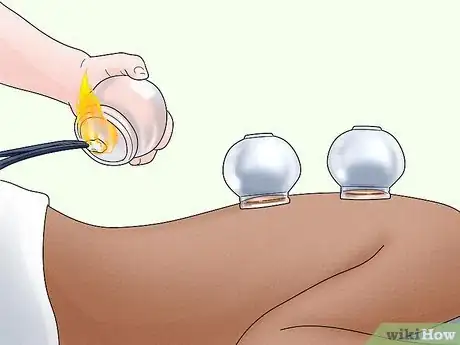

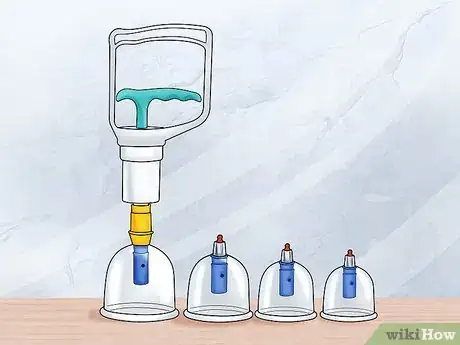
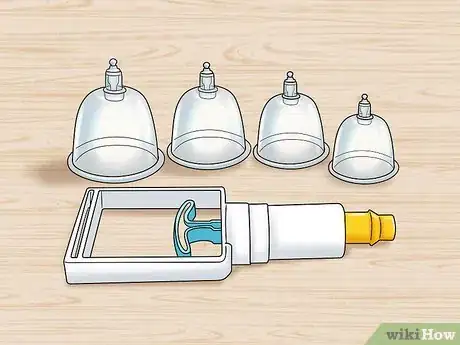
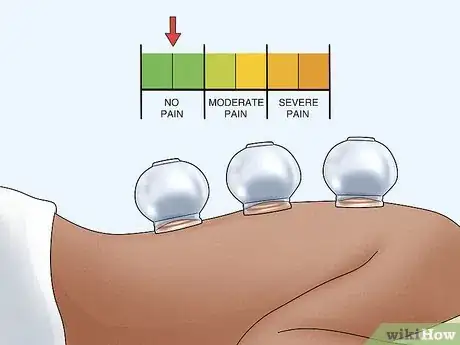

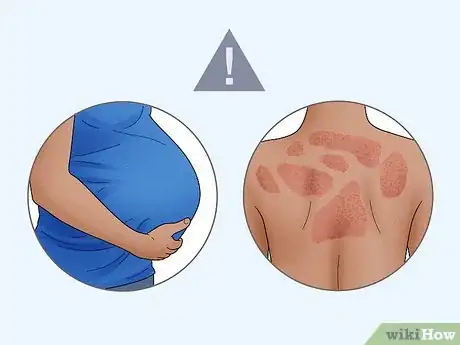
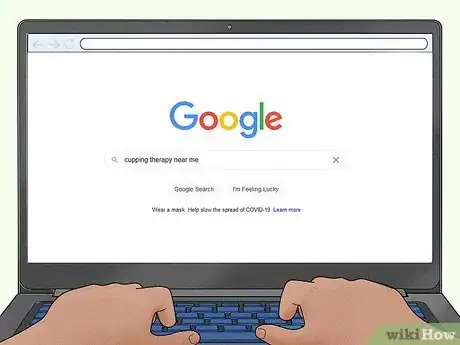

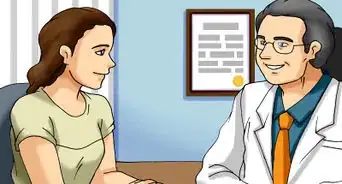
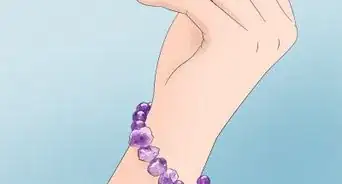
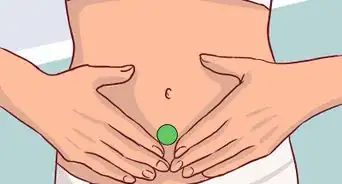
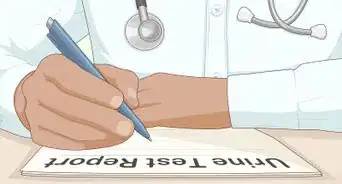
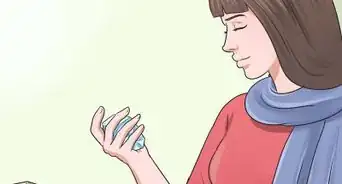
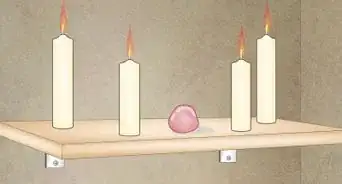

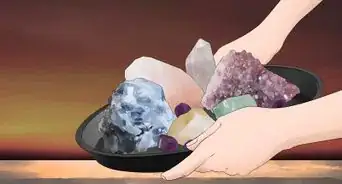
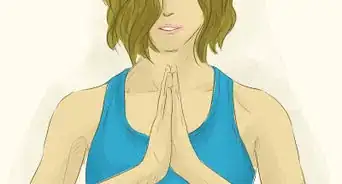
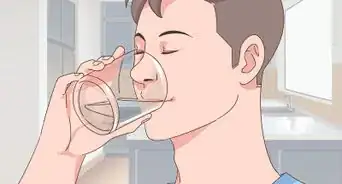
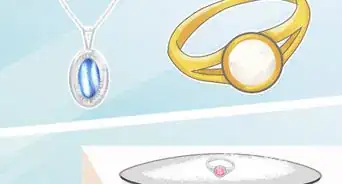
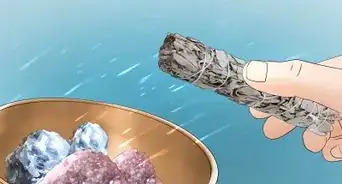










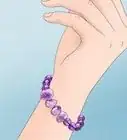
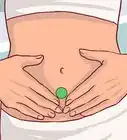




































Medical Disclaimer
The content of this article is not intended to be a substitute for professional medical advice, examination, diagnosis, or treatment. You should always contact your doctor or other qualified healthcare professional before starting, changing, or stopping any kind of health treatment.
Read More...